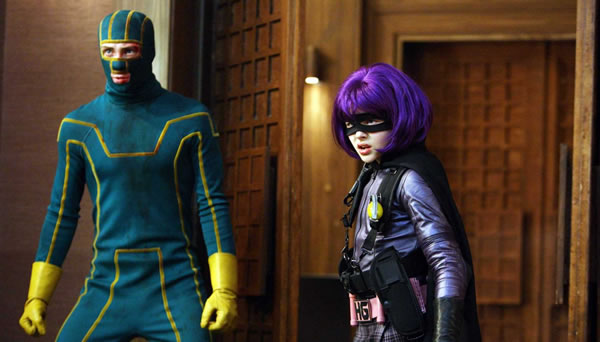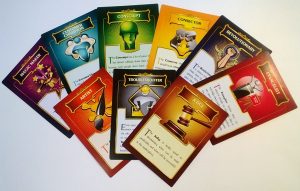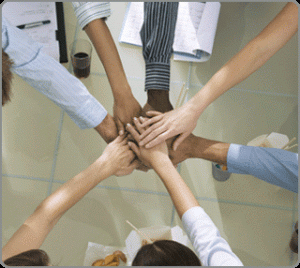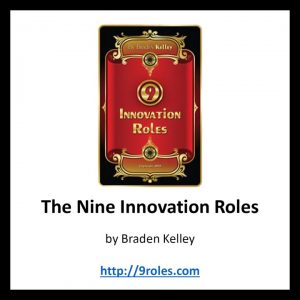
GUEST POST from Howard Tiersky
Creating digital products is a multi-disciplinary process, blending creativity, engineering, strategy, customer support, legal regulations and more. How to structure their teams is a major challenge faced by large enterprises and global brands undergoing a digital transformation. Specifically, they need to answer the following three questions:
- What’s the optimal way to organize the necessary roles and responsibilities?
- Which part of the organization should own each capability?
- How do we get everyone working together?
The optimal structure for digital teams varies across different organizations. At FROM, we use a base framework that identifies fifteen key roles or competencies that are part of creating and operating most digital properties. Those roles are divided into three conceptual teams: the Digital Business Team, the Digital Technology Team, and the Extended Business Team.
The Digital Business Team
- Digital Business Vision Owner: The Business Vision Owner defines the key business measures and objectives for the digital property, including target market segments and their objectives. This “visioneer” makes final decisions on product direction.
- Product Management: Product Management owns the product on a day-to-day basis, and liaises with other areas to make sure the digital value proposition is realized. They’re responsible for commissioning and reviewing customer research to develop and maintain the product roadmap in terms of the business vision and can prioritize the backlog of changes and improvements.
- Program Management: Distinct from the Product Manager, the Program Manager is responsible for owning the long-term plan to achieve the product roadmap, including budgets and resource allocations, and for maintaining the release schedule.
- User Interface/User Experience: UI/UX is responsible for the overall look and feel of the digital product. They develop and maintain UI standards to be used as the product is developed, are involved in user testing, and QA new releases.
- Content Development: Content Development creates non-campaign and non-marketing or editorial content for the site, including articles, instructions, and FAQ or helps content. Their job is to create content that’s easy to understand and consistent with the brand or voice of the product or site.
The Digital Technology Team
- Front End Development: Front End Development selects frameworks and defines front-end coding standards for any technologies that will be used. They’re also responsible for writing code that will execute in the browser, such as HTML, HTML5, JavaScript, and mobile code (e.g., Objective-C.) Front End Development drives requirements for back-end development teams, to ensure the full user experience can be implemented.
- Back End Development: Back End Development manages core enterprise systems, including inventory, financial, and CRM. They’re responsible for exposing, as web services, the capabilities that are needed for front-end development. They’re responsible for developing and enforcing standards to protect the integrity of those enterprise systems, as well as reviewing requests for and implementing new capabilities.
- Data: Data develops and maintains enterprise and digital specific data models, managing data, and creating and maintaining plans for data management and warehousing. They monitor the health of databases, expose services for data access, and manage data architecture.
- Infrastructure: Infrastructure maintains the physical hardware used for applications and data. They maintain disaster and business continuity programs and monitor the scalability and reliability of the physical infrastructure. They also monitor and proactively manage the security of the infrastructure environment.
- Quality Assurance: Quality Assurance creates and maintains QA standards for code in production, develops automated and manual test scripts, and executes any integration, browser, or performance testing scenarios. They also monitor site metrics to identify problems proactively. (It should be noted that, though you want dedicated QA professionals on your team, QA is everyone’s responsibility!)
The Extended Business Team
- Marketing: Marketing is responsible for some key digital operations. They develop offers and campaigns to drive traffic. They manage email lists and execution and manage and maintain the CRM system.
- Product and Pricing: Product and Pricing responsibility can vary, depending on industry and type of digital property. When appropriate, they develop, license or merchandise anything sold on the site. They set pricing and drive requirements for aligning digital features with any new products based on those product’s parameters.
- Operations: Operations is responsible for fulfillment of the value proposition. For commerce sites, for example, this includes picking, packing and shipping orders. For something like a digital video aggregation site, responsibilities include finding, vetting and uploading new video content.
- Business Development: Business Development is focused on creating partnerships that increase traffic and sales, or find new streams of revenue.
- Customer Support: Customer support is responsible for maintaining knowledge of digital platforms, policies, and known issues and solutions. They assist customers with problems and questions and track customer interactions to report on trends and satisfaction levels.
How these teams and the roles within them fit together varies from company to company. However, it’s good practice to review this model to see, first, if you have these key roles represented in your organization. Then, make sure to create well-defined responsibilities and processes, and finally, look at how they function together, to see if they’re organized in the most effective manner. If your Digital Business, Digital Technology, and Extended Business teams are in sync, all your projects will benefit.
This article originally appeared on the Howard Tiersky blog
Image Credits: Pixabay
![]() Sign up here to get Human-Centered Change & Innovation Weekly delivered to your inbox every week.
Sign up here to get Human-Centered Change & Innovation Weekly delivered to your inbox every week.






 “Innovation can come from anyone, but it is required from everyone for an organization to remain successful.”
“Innovation can come from anyone, but it is required from everyone for an organization to remain successful.”